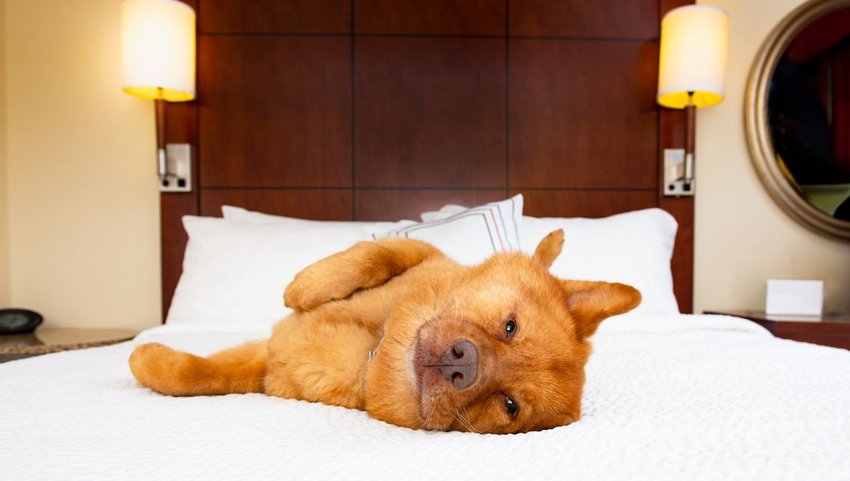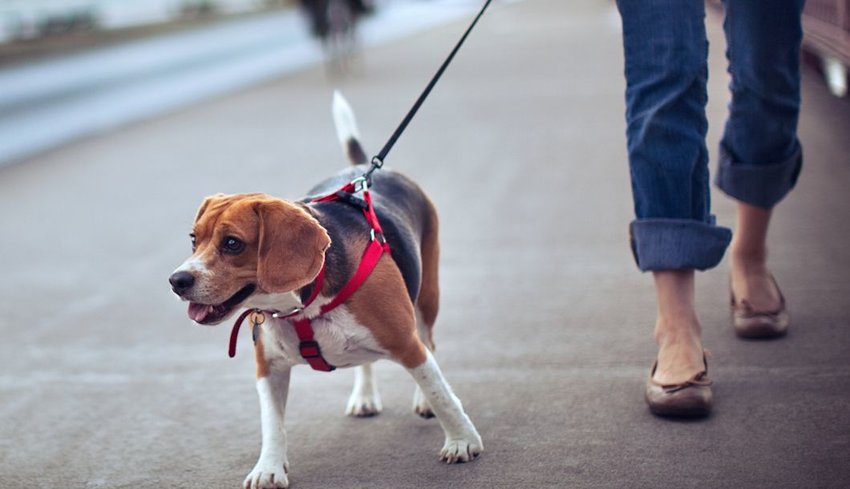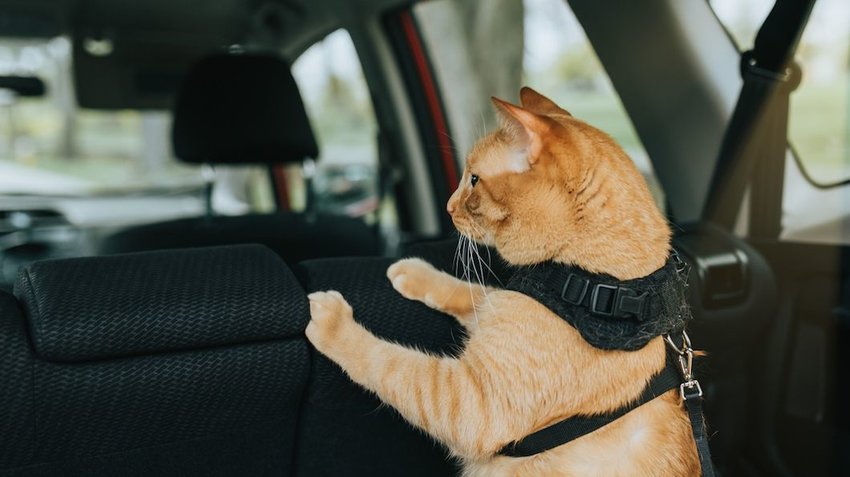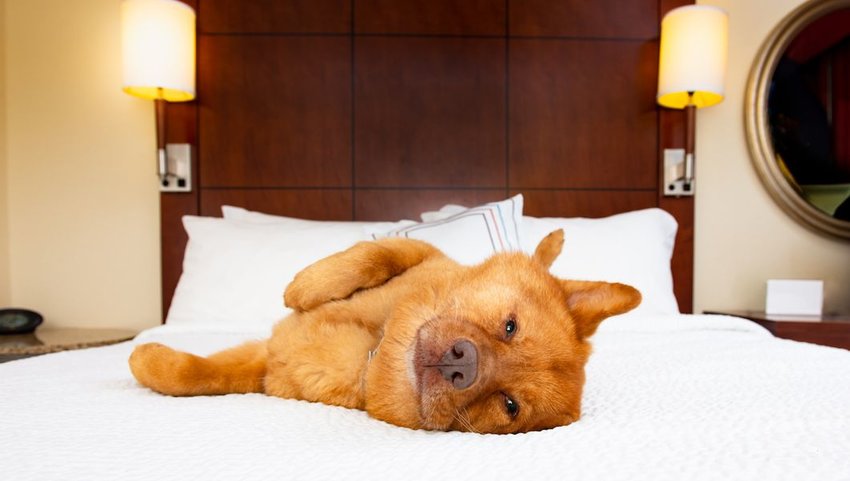For many people, pets are an important part of the family, so why leave them out of the family vacation? Traveling with a dog, cat, or even another pet in tow is becoming par for the course. About 37% of pet owners travel with their pet (compared to just 19% a decade ago). In response to this trend, hotels and airports are catering to furry travelers, making it easier to take your four-legged friend on the road. Before you book that plane ticket though, here are a few important things you need to know about traveling with pets.
Find Pet-Friendly Accommodations

Many hotels and Airbnbs are pet-friendly, but before you book a room, make sure they’re friendly to your pet. Some locations only allow pets up to 40 pounds. Others don’t accept certain breeds of dogs. Others might allow cats but not dogs, or have space for just one pet instead of two. Do your research and make sure your particular pet will truly be welcome.
Catch up on Vaccines
Make sure your pet is up to date on all of its vaccines and carry paperwork with you that proves it. If you have a dog and you’re flying back to the U.S. from a country that’s at a high risk for rabies, you will need a valid rabies vaccination certificate to enter the United States. While cats don’t need a rabies vaccination to enter the States, many other countries require a recent rabies vaccination. Your vet can advise you on what you’ll need where you’re going. Head to the vet well before your trip in case your pet has any other health issues that need to be addressed. And make a list of vets and clinics in the city where you’re headed in case any emergencies come up.
Take Precautions

It’s every pet owner’s worst nightmare — their furry friend getting lost in an unfamiliar city. And sadly, it happens all too often. Ten million pets are lost each year in the U.S. and many of these situations occur while traveling.
Hopefully this won’t happen to you, but be prepared just in case it does. Get your pet a collar with your number on it (your cell phone or whatever phone you’ll have on the trip and not a landline). Make sure your pet is not only microchipped, but that the microchip is up to date with the correct information. Vets and shelters can scan this microchip to find your information. And finally, keep a current picture of your pet handy.
Make Sure Your Pet Is Welcome
Where are you going and how are you getting there? Make sure your pet is welcome in both places. Some animals aren’t allowed on airlines even if they’re emotional support animals (hedgehogs, reptiles, etc.). Some states, such as California, don’t allow animals like sugar gliders inside the state. Hop online and do some research about your destination and method of travel to make sure your pet will be allowed.
Plan Your Trip and Pack Supplies

If you’re going by car, plan where you’ll stop along the way. Look for rest stops that have areas where your pet can use the bathroom, walk around, drink water, and eat food. Don’t forget to pack some bags to clean up their messes.
Make sure your pet’s crate is large enough for them to stand up and turn around. Bring along a blanket that smells like home in order to help alleviate the stress brought on by travel. If you’re driving, your pet needs to stay in the backseat and in the crate. If you have a wreck, your pet will be much safer in the crate than if they were freely wandering around your vehicle. They’ll also be less of a distraction to you.
What else should you pack for your pet? Bring along a leash and/or harness, collar, bed or blanket, food, water, bowls, treats, toys, medicines and supplements, a brush, baby wipes, toenail clippers, old towels, a first-aid kit, vaccination records, bags, and puppy pads or a disposable litter box.
